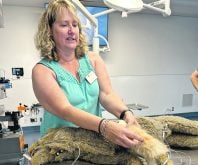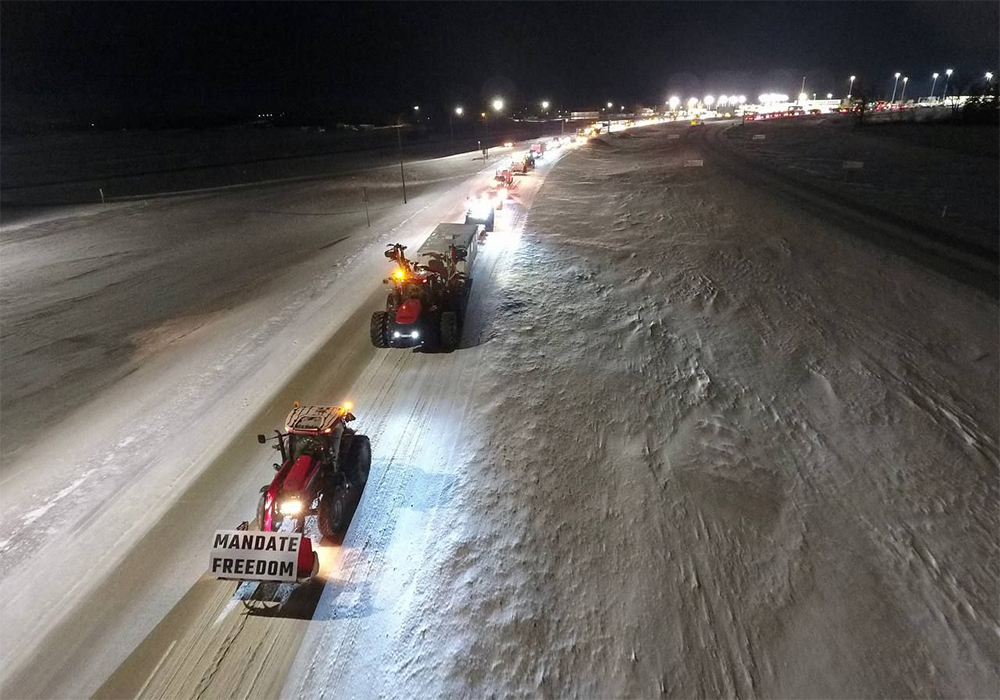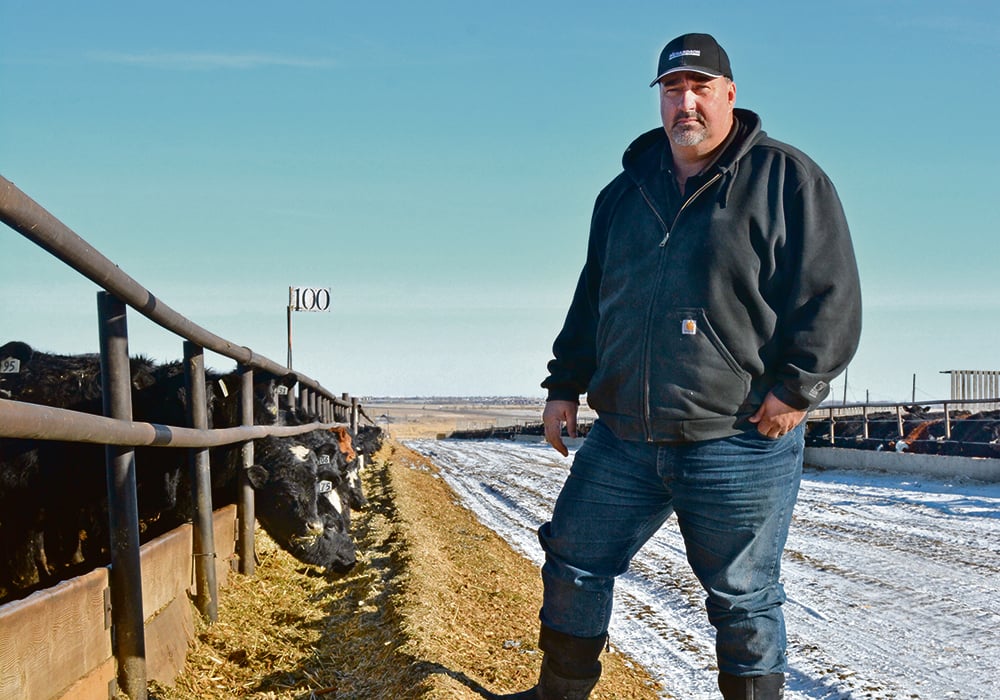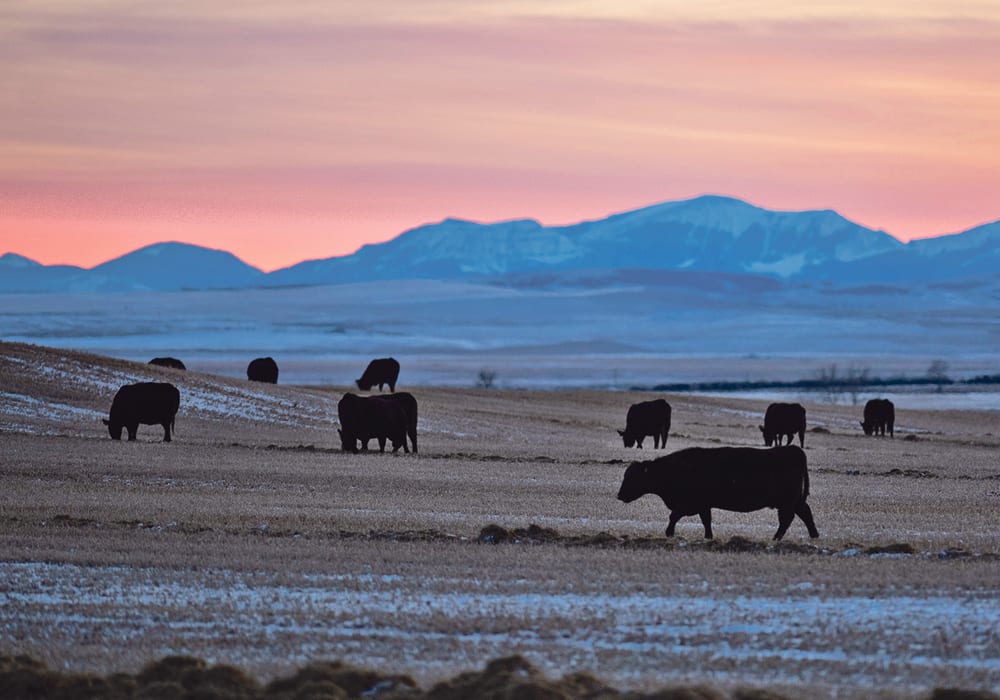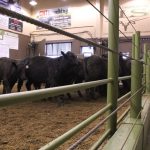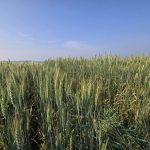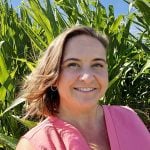Pandemic forces producers to learn how to build websites, create Instagram accounts and make videos of their bulls
CAMROSE, Alta.— The annual tradition of buyers gathering at a sale barn, eating beef on a bun, possibly having a drink or two and bidding on a bull has been put on hold for some farms.
COVID-19 has changed many things, including the way farms sell animals.
Arika Kathol has spent hours building a website for the family’s Kathol Simmental Ranch of Drayton Valley, Alta., and days taking pictures and videos of the bulls before their upcoming bull sale.
“If you want to be realistic and still market with an uncertain market, you have got to find different ways to connect with consumers,” said Kathol, who was at the Canadian Bull Congress in Camrose displaying the farm’s bulls and connecting with customers.
Read Also
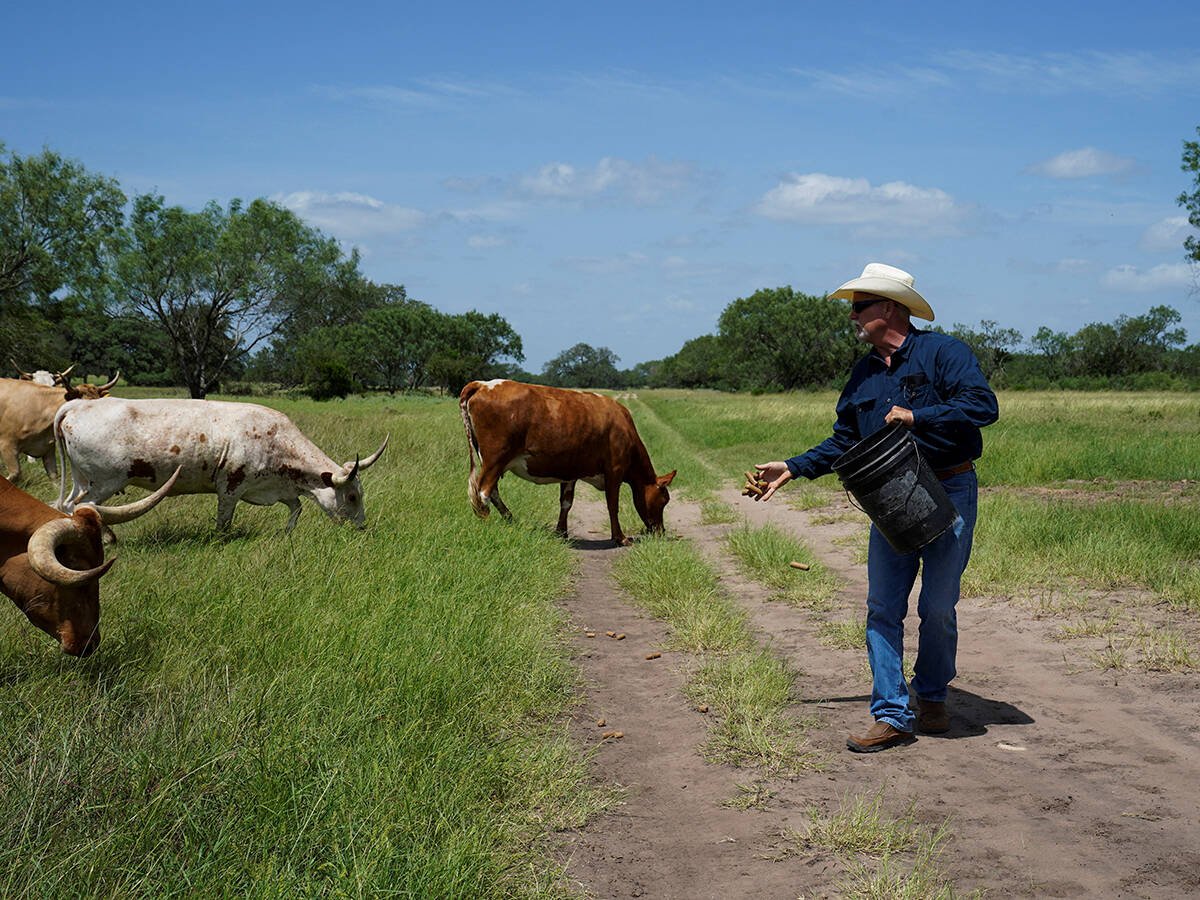
U.S. cattle producers fear return of screwworm
Parasitic screwworm flies are pushing northward from Central America again after being officially eradicated from the United States in 1966, threatening $1.8 billion in damage to Texas’ economy alone.
When customers stop at the booth, Kathol and her mother, Susan, chat about the bulls on display, pick up an iPad and show potential customers more pictures and videos of the bulls still at home.
Before the conversation ends, they add the customer’s email to the mailing list and a sale catalogue is on its way to the visitor.
“You have to find a way to make your animals stand out,” said Kathol, who also created an Instagram account to feature the family’s bulls.
Building a website, creating an Instagram account and making videos of bulls was not the way the University of Saskatchewan animal science student planned to spend the winter.
But making it easier for buyers to look at and buy animals has become a necessary part of selling livestock during COVID.
“It is a way to showcase our products if they can’t come in person.”
The sale will be a hybrid with buyers attending the bull sale in person or buying online.
Kevin Wirsta of Elk Point, Alta., said they have promoted their sale bulls through online video for years, but last year was the first time they held an online-only K-Cow bull sale.
“We made it work.”
After the sale, when Wirsta delivered the bulls, some buyers told him they liked being able to buy a bull from the comfort of their home, but others were frustrated. The frustration was most often because of poor internet service and the concern their computers would freeze and miss a bid. About 15 buyers came to the farm and gave their bids to the auctioneer in person.
This year’s bull sale will be modified slightly with a live auction and online bidding.
“There is a big population that doesn’t have internet and that are prominent (cattle producers).”
Wirsta believes future sales will be a combination of in person and online.
Matt Trefiak of MJT Cattle said COVID-19 has forced his family to invest in more video marketing and increased their social media presence. They hired a professional marketing company to video their animals and tell their story through videos and a professional website.
“You need to leverage these tools a little more.”
Attending shows like the Canadian Bull Congress is still an important way to meet buyers, but having a good quality website, Facebook account and online promotion is also important, he said.
“People need to recognize your name. It’s important to build a brand people can recognize,” said Trefiak.
Their coming bull sale will be in a ring, but without the bulls. For the past two years, the family has taken videos of each animal and when it’s the animal’s time to sell, the videos are shown on three large flat screen televisions in the sale ring.
“It’s a low stress situation for the animals.”



